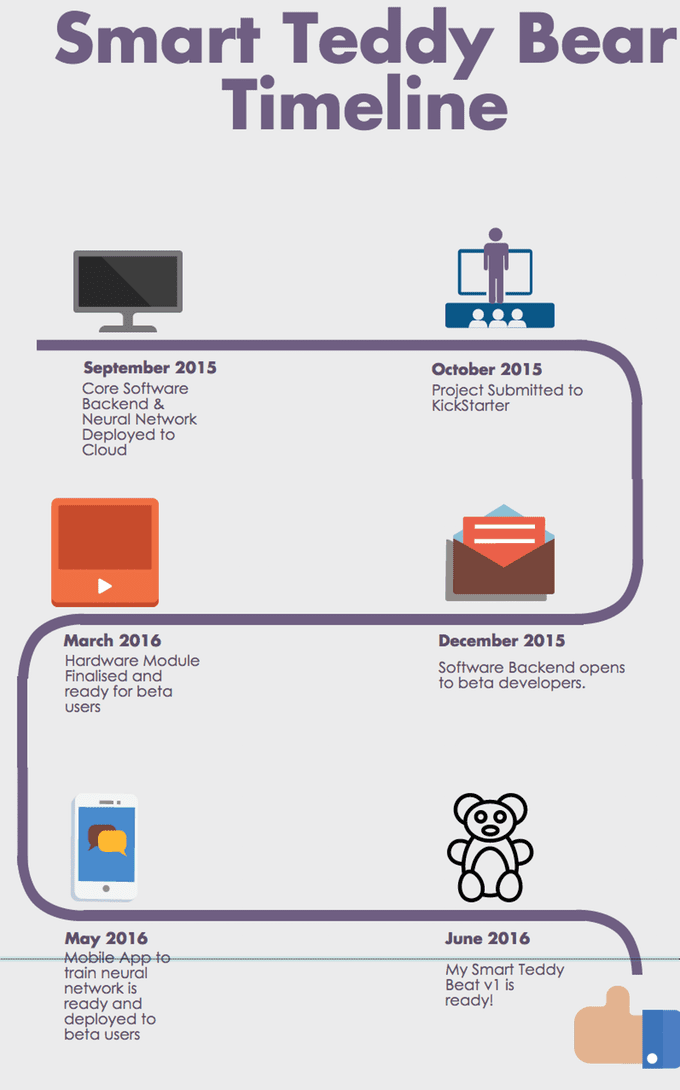
Resolve to Keep Your Customers Happy in 2016
PREVIOUSLY PUBLISHED TO TMCNET’S OMNI-CHANNEL CUSTOMER ENGAGEMENT
As productivity literally falls into our hands, and technologies allow for better integration of our most precious business tools, cloud contact centers are working hard to plan their roadmap for 2016. While some of us have been working diligently through the holiday season, many of are returning to the control boards for the first time since last year!
As we enter 2016, many of us are ambitious and excited about what is rumored to come. We have set goals through resolutions of things we are inspired to achieve – and we will. Aspect (News – Alert), a developer of omni-channel customer engagement solutions, did their homework. And, they offer us a list of 6 common denominators for contact center resolutions in the New Year:
Reinvent “Cool.” + Become More Available = Enhance the Customer Experience.
These three resolutions play a major part in the potential of one another. In fact, becoming more available on mobile and through social media, the customer experience will be enhanced, improved and more gratifying to the brand enthusiasts.
We are living amongst millennials – those young professionals who never sleep and hate living within the confines of tradition and “normalcy.” For them, it is normal to pick up a phone at 3 a.m. and call customer service. But, customer service isn’t usually available past 8 p.m. on a regular business day. Allowing customers to connect to work-at-home individuals at these hours, however, is not just cool – But, man, is it convenient!
Cloud contact centers are resolving to become part of the conversation. They are building their “cred” in social media, while adjusting to the needs of their most valued customers – even acquiring a few strays in the process. In 2016, if you aren’t listening to your customers, you’re already #failing!
Instill Confidence.
Build brand advocates. Brands that include do-it-yourself tutorials, troubleshooting tips, videos, easy-to-read user manuals and customer portals for live group discussion will notice an uptick in the way their brands are consumed by those who matter most.
Take Apple (News – Alert) for example. Each new MacBook Pro comes with paperwork that the average customer would never read. This material breaks down care and handling of the new device. It also includes installations with picture and diagram, highlight with easy-to-read directions.
Users can find their way to a support page and be addressed by a customer service agent directly, or can find additional help by brand enthusiasts sharing similar experiences of the past. Thanks to search engines, these tips can be “Google’ (News – Alert)d” and brand loyalty continues.
Apple finds that many loyalists have created their own help forums in dedication to the brand, often selling Apple products, as a third-party carrier. On the other hand, for a subscription fee or onetime payment in store, customers can be serviced over the phone or at a live store.
Apple has instilled the “do-it-yourself” mentality by allowing consumers to learn their products inside out and provide tips to better maintenance and repair of their complex machinery.
Because consumers feel they know their product, they are most likely to accessorize, tell a friend how “easy” a product is to use and how they should be using that brand, while upgrading their products and purchasing surplus repair parts – directly from the brand. Customers will also be able to better voice concern with a product, knowing exactly what is wrong with their item – and feeling more confident that their issue will be handled immediately.
Retain More Customers. Bring the Old Ones Back!
Probably one of the more difficult of industries, the Tech World finds innovation, trends and the evolution of technology can sometimes shift response by consumers in support of your brand. So, how do you keep those consumers? It’s simple!
Be their lifeline. Advocate on their behalf. Listen.
When it comes to customer service and often experienced when work is outsourced to individuals with frequent turnover ratios, customers aren’t being heard and call center agents are often treating customers as if they know not what they are talking about. This is a huge problem, especially if a customer knows exactly what they are talking about and where the root of the problem occurs. Not only does this lead to escalations after almost an hour into the call, but it leads customers to lose patience and trust in a brand. They go elsewhere…
Believe it or not, there are many loyalists that love a brand so much, that they stick around based on the customer experience and familiarity with the product. There are others, who simply are content with the product at hand and do not have the time to switch platforms or learn a new one. But if they are experiencing horrible customer service, they are also the first to “jump ship” and leave your brand in the dust!
Cloud contact centers are resolving to integrate features more often, saving time and complexity of resolving the customer’s needs – allowing for more time to be spent on listening to the customer, engaging in short, memorable chit chat and improving customer service. They retain their current customer base, while bringing back former clientele thanks to viral experiences that are shared over and over again.
Eliminate Escalations. Improve Service.
We really should consider our customers as people and stop playing “hot potato” with their issues. Making them call back over and over, dropping their calls, not solving their issues on the first point of contact is only pushing them away – and millennials, as social as they are, will let it be known!
Improving serving impacts the bottom line. Period! Aspect points out – and it’s no laughing matter – that “a third of consumers would rather clean a toilet, than talk to customer service.” Now, isn’t that just crappy? Seriously, though, how can we expect customers to trust our brand when they can’t even trust us to help them in a time of crisis? Furthermore, if they have issues with our products and services, do you think they will return for more – and at such a high cost to their pockets?



